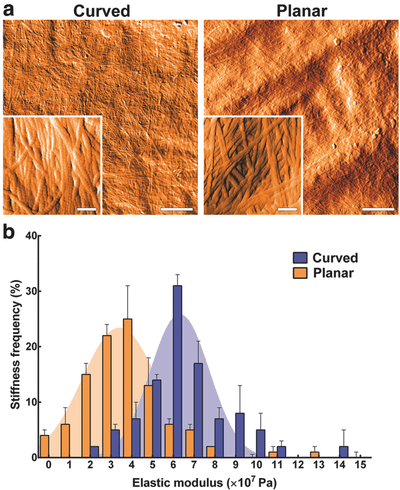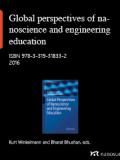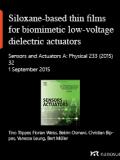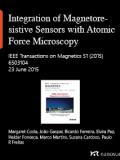Advanced Biosystems 1700135
Ricardo M. Gouveia, Elena Koudouna, James Jester, Francisco Figueiredo & Che J. Connon (2017)
In this publication, a Nanosurf FlexAFM was used to investigate bio-fabricated corneal tissue equivalents, employing both topographic imaging and force spectroscopy-based nanoindentation experiments.
The publication reports a new, simple bottom-up approach to generate improved curved corneal tissue equivalents. Corneal stromal cells were allowed to migrate and proliferate on peptide amphiphile-coated curved templates. This approach yielded confluent layers of highly radially aligned cells that also deposited an extracellular matrix (ECM) on the template during prolonged cultivation. AFM imaging showed that ECMs produced by cells grown on curved substrates consisted of a dense mesh of highly aligned collagen fibrils contrasting the random orientation of collagen fibrils in ECMs produced by cells grown on planar substrates of the same composition (Fig. 1 a). Characterization of the nanomechanical properties of the tissue equivalents revealed an increased elastic modulus of the curved ECMs compared to the ones deposited on flat templates (Fig. 1b) thus rendering these new artifical corneal membranes stronger than previously produced replacements. Moreover, these new membranes are more transparent than membranes generated by alternative techniques.





